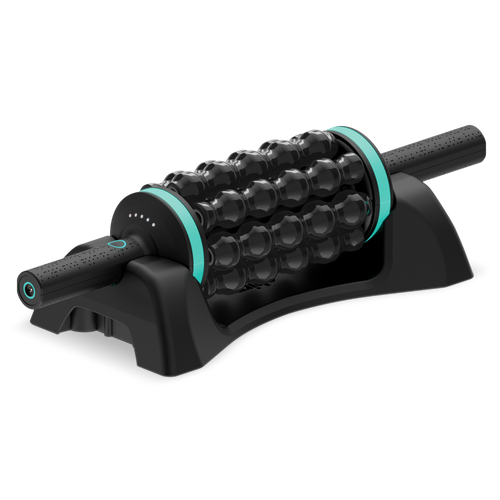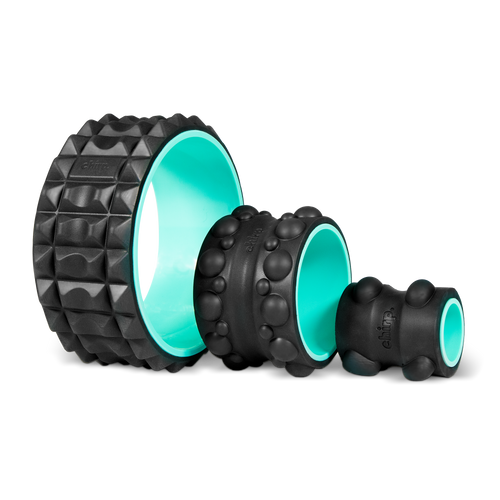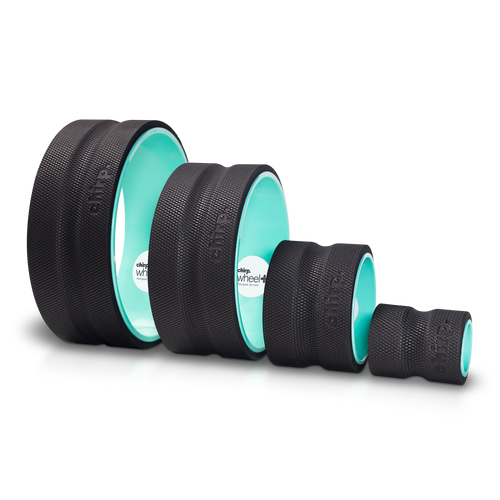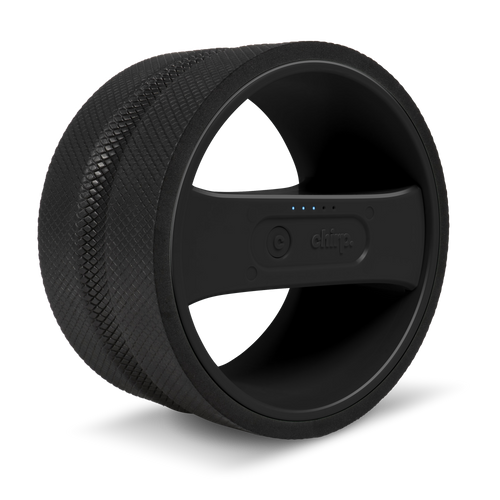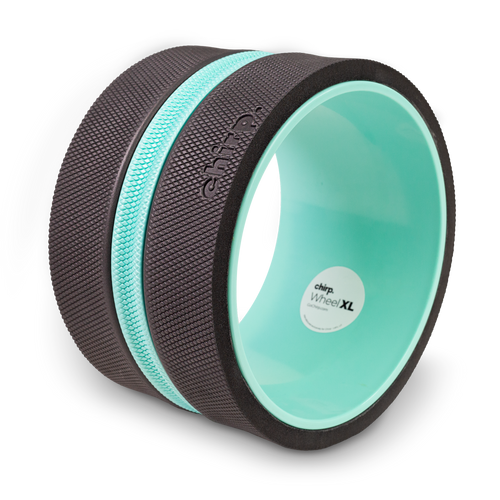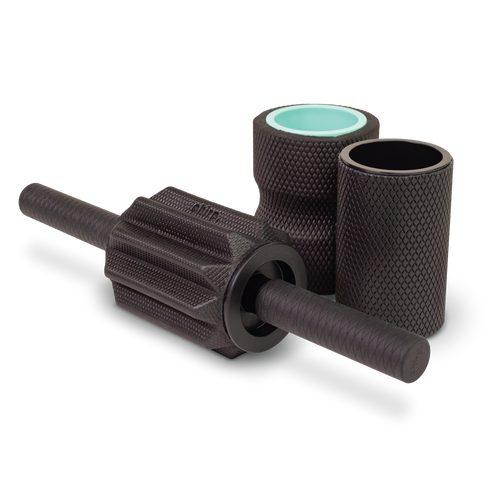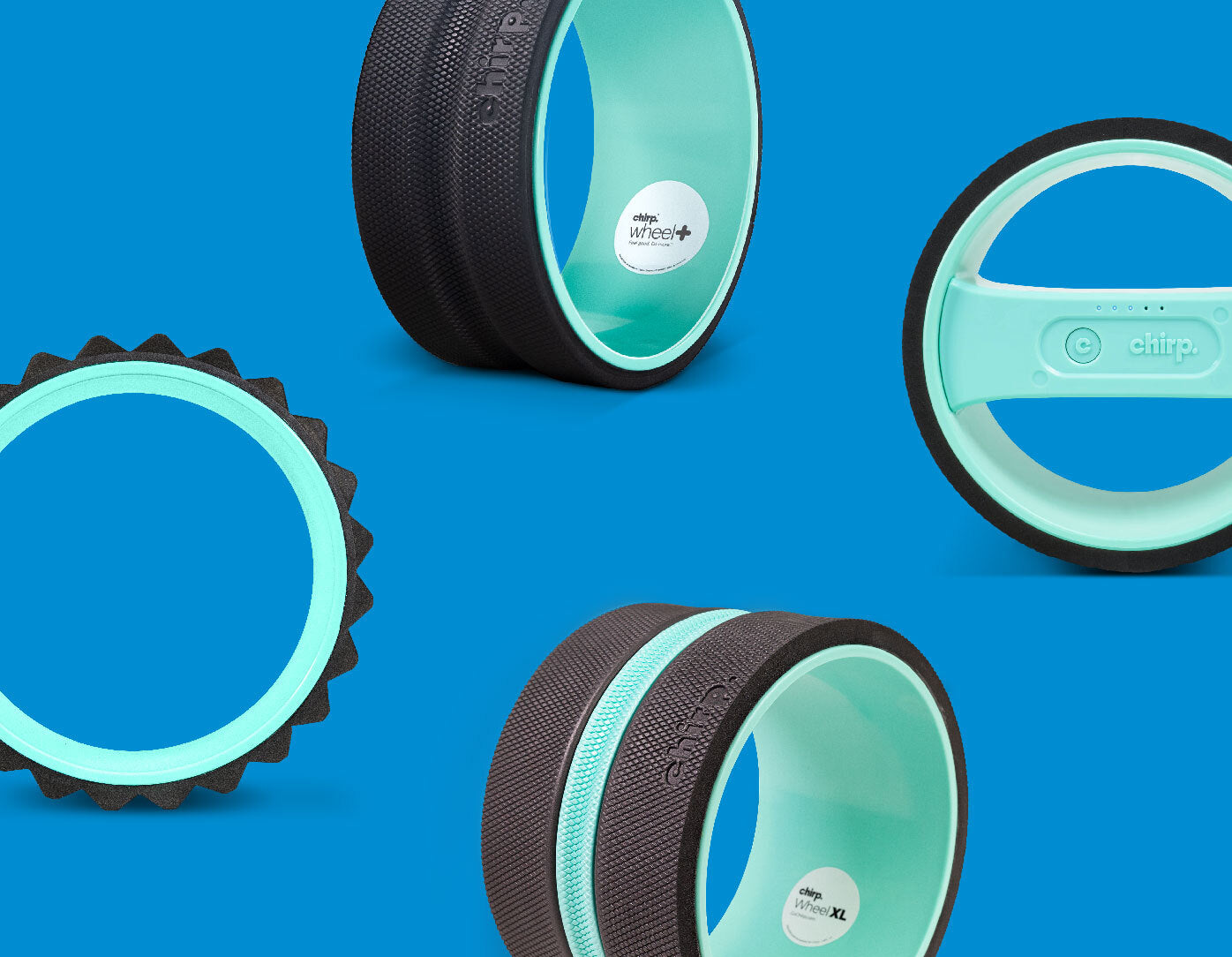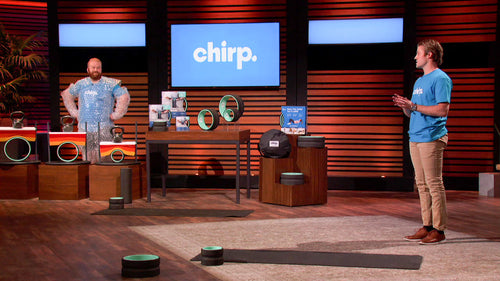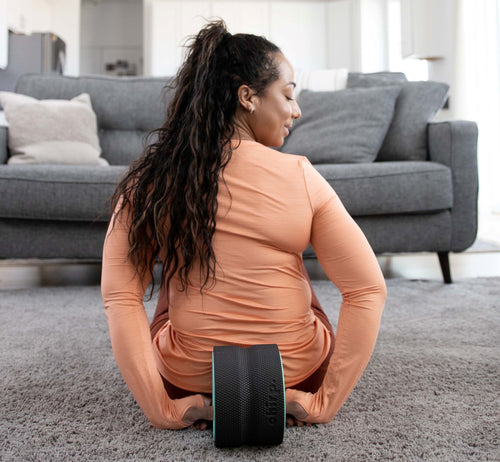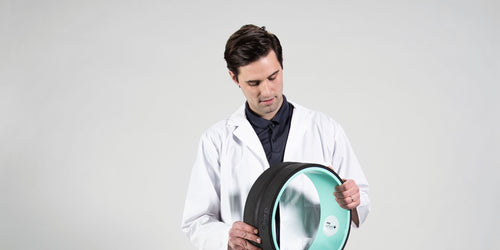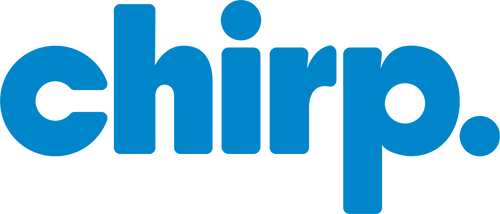The 4” Chirp Wheel+ is the smallest wheel yet, designed to defeat your neck and shoulder pain and to reach pain points throughout your body, the ones you’ve been needing to reach for so long. It’s almost like having a personal masseuse whenever you need one. But how does it work? To help you understand, let’s talk about myofascial release.
What is myofascial release?
The Chirp Wheel+ uses a type of therapy called myofascial release. Muscle pain is often caused by stiff or fixed areas of muscle that restrict muscle and joint movement. Myofascial release therapy works by loosening the stiff muscles through massage, leading to reduced muscle pain. This type of therapy is usually used to treat myofascial pain syndrome or to release pressure from regular muscle knots.
Often, myofascial release therapy happens during a massage therapy session (with a masseuse or with a tool like the Chirp Wheel+), a chiropractic session, or a physical therapy session. Normal myofascia (the small outer sheath surrounding your muscles) is pliable or elastic. Myofascia that is causing you pain is stiff or firm. If you go to a professional for help, they will feel your muscles for tight areas and gently massage those tight areas to release pressure caused by stiff myofascia. This process of massage must be repeated for the best results, especially if something in your daily routine is causing stiff muscles.
Because your muscles are connected, the pain you feel might be in a different spot where the pain is originating. This is called referred pain. Once you locate a muscle knot or trigger point, massaging it with the Chirip Wheel+ can help reduce your referred pain.
Why does myofascial release hurt sometimes?
Just like when you are getting myofascial release through a massage, myofascial release with the Chirp Wheel+ might hurt sometimes. Why? Your body reacts to massage in two ways: the relaxation response and the mechanical response. Your relaxation response slows your breathing and relaxes your blood pressure and stress. Your mechanical response increases blood flow to the area being massaged and relaxes your muscles, releasing nerves and deep connective tissues. The pain is often caused when the massage reaches the nerve roots. This is why you must be careful with and respect your body. There is good and bad pain. If you have to hold your breath during a massage or if you feel sharp or hot pain, too much pressure is being applied. You might have heard the phrase, “it hurts so good.” That is a type of good pain that happens when tense muscles are released. If you feel the good type of pain, continue to massage regularly to help the pain go away and stay away.
Your new personal masseuse: the 4” chirp wheel
Because of the small surface area that is in contact with your shoulders and neck, when you use the 4” wheel it can reach deep into your muscles, really getting in there to release tension in your neck and shoulders. This focused pressure is like having a personal masseuse tackle your neck and shoulder pain, anytime you need it.
References
Bauer, B. A. (2019, April 20). Can myofascial release relieve back pain? Retrieved from https://www.mayoclinic.org/diseases-conditions/back-pain/expert-answers/myofascial-release/faq-20058136.
Gaiam. (n.d.). 9 Foam Roller Dos and Don'ts. Retrieved from https://www.gaiam.com/blogs/discover/9-foam-roller-dos-and-don-ts#:~:targetText=We'll be honest; foam,pain should feel much better.
Holland, K. (2016, December 16). What Is Myofascial Release? Retrieved from https://www.healthline.com/health/chronic-pain/myofascial-release.
Jussila, E. (2018, January 18). Should a massage ever hurt? Retrieved from https://urban.co/editorial/should-a-massage-ever-hurt/.
Kane, K. (2018, June 29). Should your massage actually hurt? Retrieved from https://www.wellandgood.com/good-advice/should-massage-hurt/.
